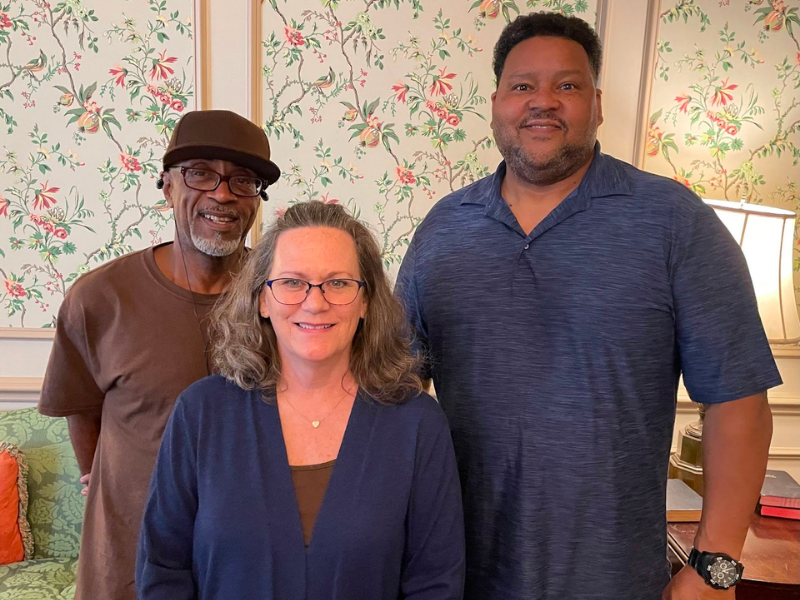
Better Work Providing On-Site Unemployment Assistance

Better Work Providing On-Site Unemployment Assistance
Key Points
- BETTER WORK Columbus is launching a new service allowing us to assist clients on-site.
- BETTER WORK provides connections to local resources and work opportunities.
- Listening and responding to the needs of our community is how BETTER WORK better serves those in need.
Client assistance just got a little bit better
BETTER WORK Columbus is now able to assist clients on-site. We enjoy assisting our non-profit partners and helping them connect clients with employment. This is a new dimension of our work and is proving to be very helpful to non-profit organizations in Columbus and the surrounding area. Our non-profit partners who are focused on providing resources like housing, food, or assistance with utilities know that their clients also need the stability that comes with work. Meeting their clients on-site is a way for BETTER WORK to allow them to focus on their lane while we leverage our existing resources to help with the employment connection.
“Home for Good is partnering with BETTER WORK Columbus to help formerly homeless clients obtain and sustain employment so they can end their cycle of poverty,” said Terry Gallops, Home for Good Director. “Kristin Barker, BETTER WORK Program Manager, has been very successful in fulfilling this need by helping our clients as they complete applications and establish contact with potential employers. We are exceptionally pleased with the success of the BETTER WORK program, and several of our clients now have substantial employment!”
For Latesha, finding work was more than a paycheck. It helped her start a life journey that had meaning and purpose.
For Latesha, finding work was more than a paycheck. It helped her start a life journey that had meaning and purpose.
Meeting the need
Kristin recently shared why this is so important. “We enjoy meeting people where they are and where the need exists. It is in these spaces where we can learn more from each other and connect in new ways that will make all groups and all people in our community more successful. It’s a pleasure to help people like James who are looking for an opportunity to improve their lives by earning a steady income.”
If you are a non-profit and would like to take advantage of the support and tools that BETTER WORK has to offer, send an email to kristin.barker@georgiaopportunity.org and start a conversation today!

